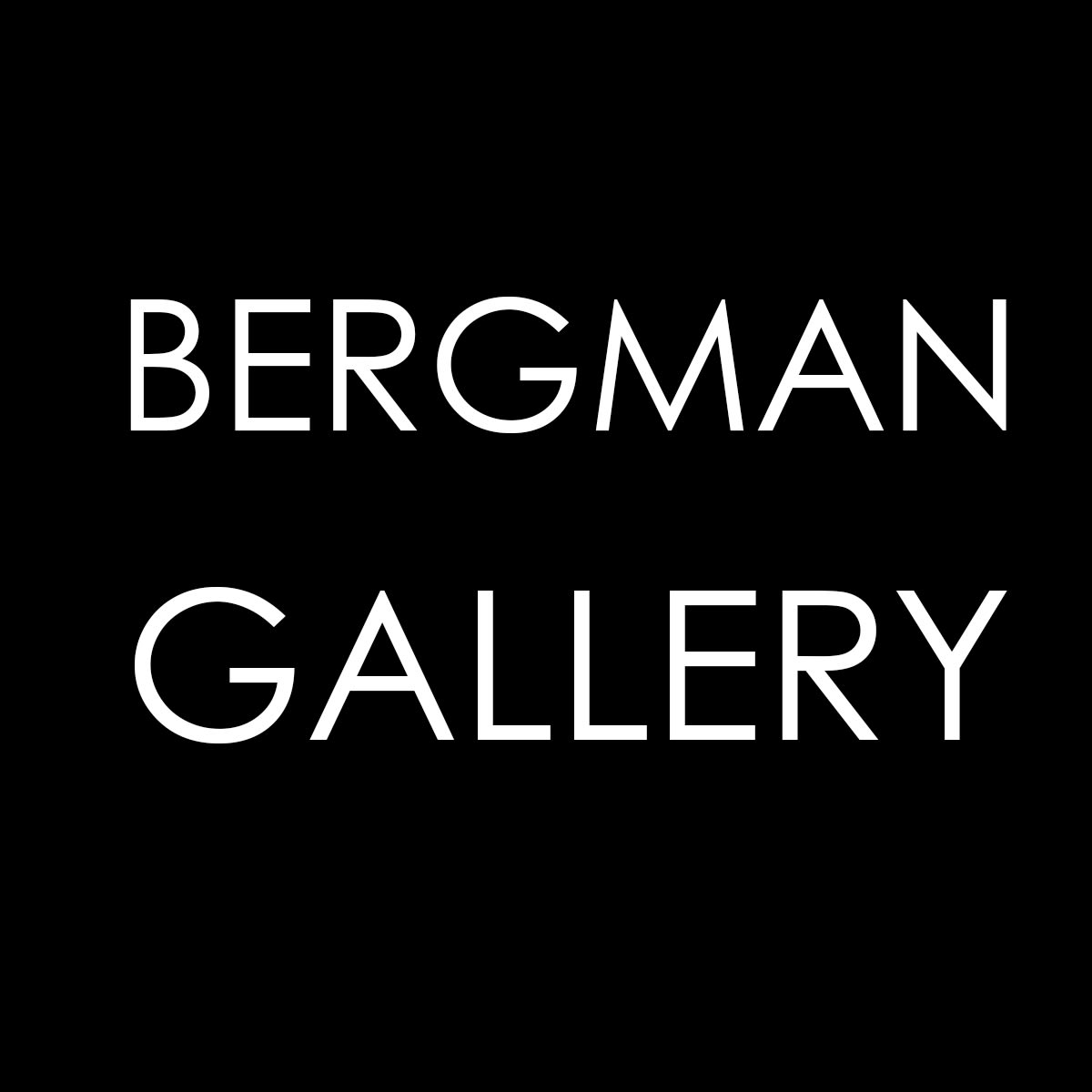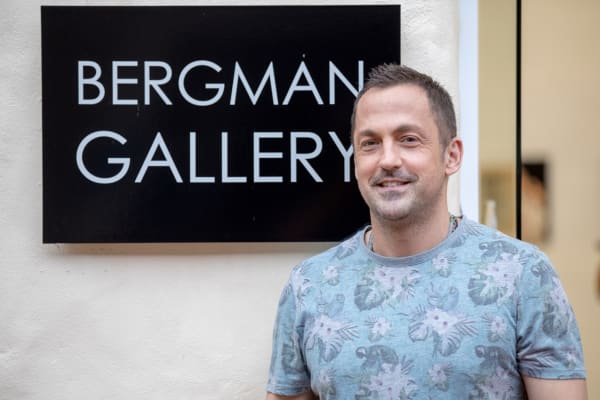For two centuries, European anthropological mischaracterizations have dominated perceptions of the broader Pacific region. Of more recent times, there has been new Pacific cultural awakening, a re-evaluation of what it means to be Pacific, and it is being championed by a new generation of Pacific Islanders with expanding technology at their fingertips. A rather apt irony considering that for a brief time within the Pacific region, European technology was akin to god like status.
What was invalidated 200 years ago by the arrival of European missionaries and their willing island converts, is being revalued and reclaimed. Old language is being revived and recorded, the art of Tattoo has re-emerged, Tapa traditions are being re-made, exhibited, winning art awards and touring major institutions. Carving practice’s are back, with new tools generating faster production times and furthering investigation into motif and meaning. In Rarotonga, a symbiotic art industry has emerged, Modern Pacific Art.
Set against this backdrop is Rarotonga based, Bergman Gallery a commercial gallery “dedicated to the exhibition of modern Pacific art – evolving modern Pacific art to a global level, and the establishment of a gallery of modern Pacific art “ says Director Ben Bergman. It is talk that Bergman puts into practice. Since 2001 Bergman has delivered 115 projects including appearances at New York’s VOLTA Art Fair and Auckland Art Fair, effectively promoting and sharing the work of Cook Islands & Pacific contemporary artists with the world.
Where and how contemporary art began in the Cook Islands is to acknowledge its traditional predecessors, and to acknowledge the role of contemporary artists, Rick Welland (United States) and Edwin Shorter (United Kingdom) whose arrival in Rarotonga in the early 1960’s marked them as the first modern commercial artists to live and work in the Cook Islands. Leap forward a few decades and a number of artists of Cook Islands heritage, including those who returned from New Zealand, notably Tim Buchanan (painter), the late Eruera Te Whiti Nia (film maker and sculptor), Mahiriki Tangaroa (painting) & the late Ian George (educator, carver and painter).
In 1998, George curated Paringa Ou, a travelling group show of contemporary works by New Zealand based artists of Cook Islands descent. For some of the artists, such as photographer and painter Mahiriki Tangaroa, it marked her first visit home to the Cook Islands. The show was accompanied by workshops, facilitated by George and Richard Shortland Cooper, which “focused on exploring local legends, stories, traditional motifs and imagery and using these elements as a basis in the creative process,” says Tangaroa. “This exhibition introduced local arts audience to a wider concept of contemporary art. Presented in the Cook Islands National Museum, Paringa Ou challenged local perceptions of art as simply pretty objects, admired only for their obvious representational value,” says Bergman.
2001 saw the launch of the Creative New Zealand Pacific Artist in Residence programme, with Cook Islands residencies supported by the Cook Islands Ministry of Cultural Development. The programme allowed for a New Zealand based Pacific artist to reside in the Cook Islands for three months, and included presentation of a lecture, artist workshops and an exhibition. The residency programme was ongoing, and featured artists Veronica Vaevae (new media), Fatu Feu’u (painting, printmaking and sculpture), Sylvia Marsters (painting), Filipe Tohi (sculptural installation) Johnny Penisula (sculpture) and Nanette Lela’ulu (painting).
In the same year Bergman became Director of Bergman Gallery’s predecessor, Beachcomber Gallery (BAC). Beachcomber had an established base of Cook Islands community artists and Bergman was excited to become an active participant in what was “a time of enormous art activity.”
This began with the Beachcomber Gallery commercial group show No Taku Ipukarea in 2001, featuring works by Tangaroa, George and Richard Shortland Cooper. The show introduced a professional format for domestic exhibitions and in doing so, set new standards and expectations. A year later the Bank of Cook Islands (BCI) ‘Patronage Programme’ was launched alongside Beachcomber Gallery’s own artist in residence series. Beginning with Tangaroa in 2002, Beachcomber hosted artists Andy Leleisi’uao, Reuben Paterson, Sylvia Marsters, and Rick Welland, from 2009 to 2012.
In 2003 the first international exhibition of contemporary Cook Islands art, Te Ata Ou, traveled to Christchurch, New Zealand. “Not only was it a ground-breaking initiative but a testimony that celebrated confidence and maturity achieved in the local art sector,” says Tangaroa, co-curator of Te Ata Ou with Bergman & Ian George. “Through the support and sponsorship of Beachcomber Gallery, Air New Zealand and the Development Investment Board, the exhibition secured representation in New Zealand for a number of the artists involved.”
Momentum continued, Beachcomber Gallery taking two further shows of Cook Islands artists to Auckland followed by sponsorship of Tangaroa’s first solo show in Dunedin. In 2009, Beachcomber Gallery, became Beachcomber Contemporary Art (BCA) with the opening of new purpose built gallery space.
For Bergman it was now time to take modern Pacific art to a truly international setting – to New York City. The group show Manuia opened in downtown NYC in 2010, and included artists Kay George, Michel Tuffery, Jerome Shedden, Michael Tavioni, Leleisi’uao and Tangaroa (co-curator). Manuia proved to be a success in terms of setting Cook Islands contemporary art on a global stage, the international show allowing BCA to broaden their reach and show their capability in producing conceptual art statements. BCA returned to NYC again and again, individually taking artists Andy Leleisi’uao, Tuffery, and Marsters to the VOLTA art fairs in 2011, 2012 and 2014.
In 2016 Bergman Gallery was launched to replace BCA, a new name to recognize the evolution in the gallery’s direction and of Cook Islands contemporary art. In the same year Bergman Gallery became the first Pacific island based gallery to attend the Auckland Art Fair, attending every year since.
There has been no time for rest for Bergman Gallery as the contemporary art scene in the Pacific continues to grow; in 2018, Leleisi’uao’s solo show, Mangere Aroha, was opened by New Zealand Prime Minister, Jacinda Ardern, and Pūtahi Ono Kūki Airani, an exhibition of 30 artists from across Polynesia, was hosted at the gallery; 2019, and Bergman curated Kamoan Mine, Leleisi’uao’s major survey exhibition in New Zealand, and international New York pop art icon Billy Apple made his first trip to Rarotonga for a solo show.
What then lies ahead? Bergman Gallery will further its program of Modern Pacific Art development and exhibition in Rarotonga, New Zealand and look at a return to the United States Market. ‘This is an exciting time for all things Pacific’ says Bergman, ‘and the potential is unlimited’.

